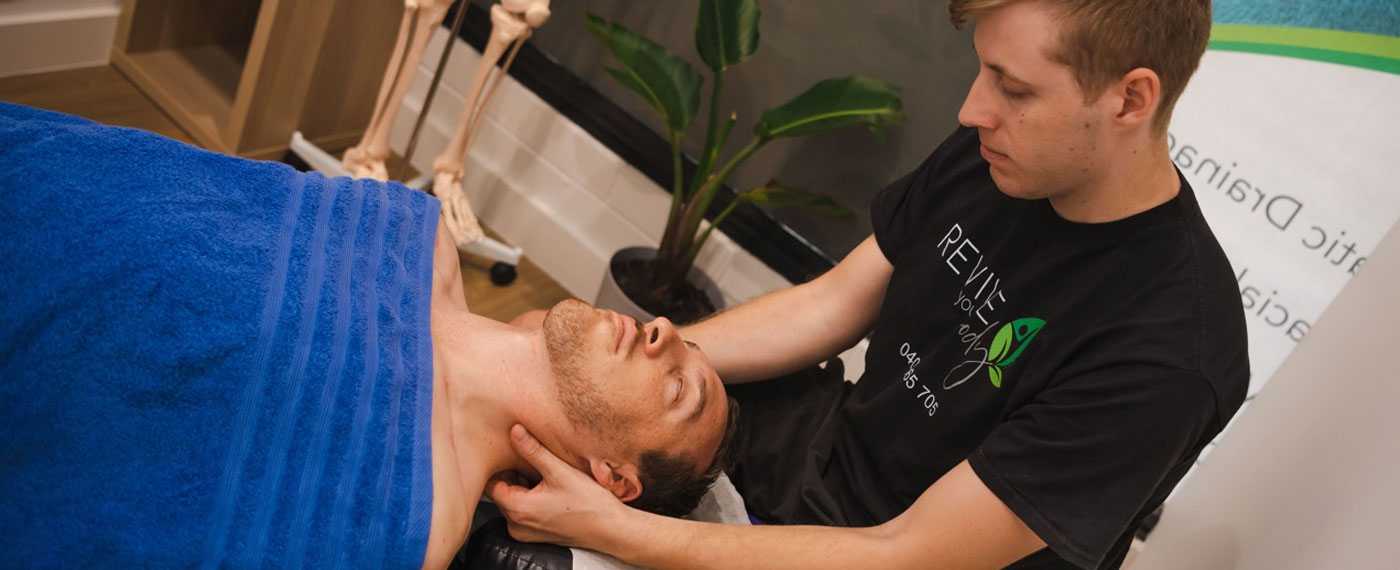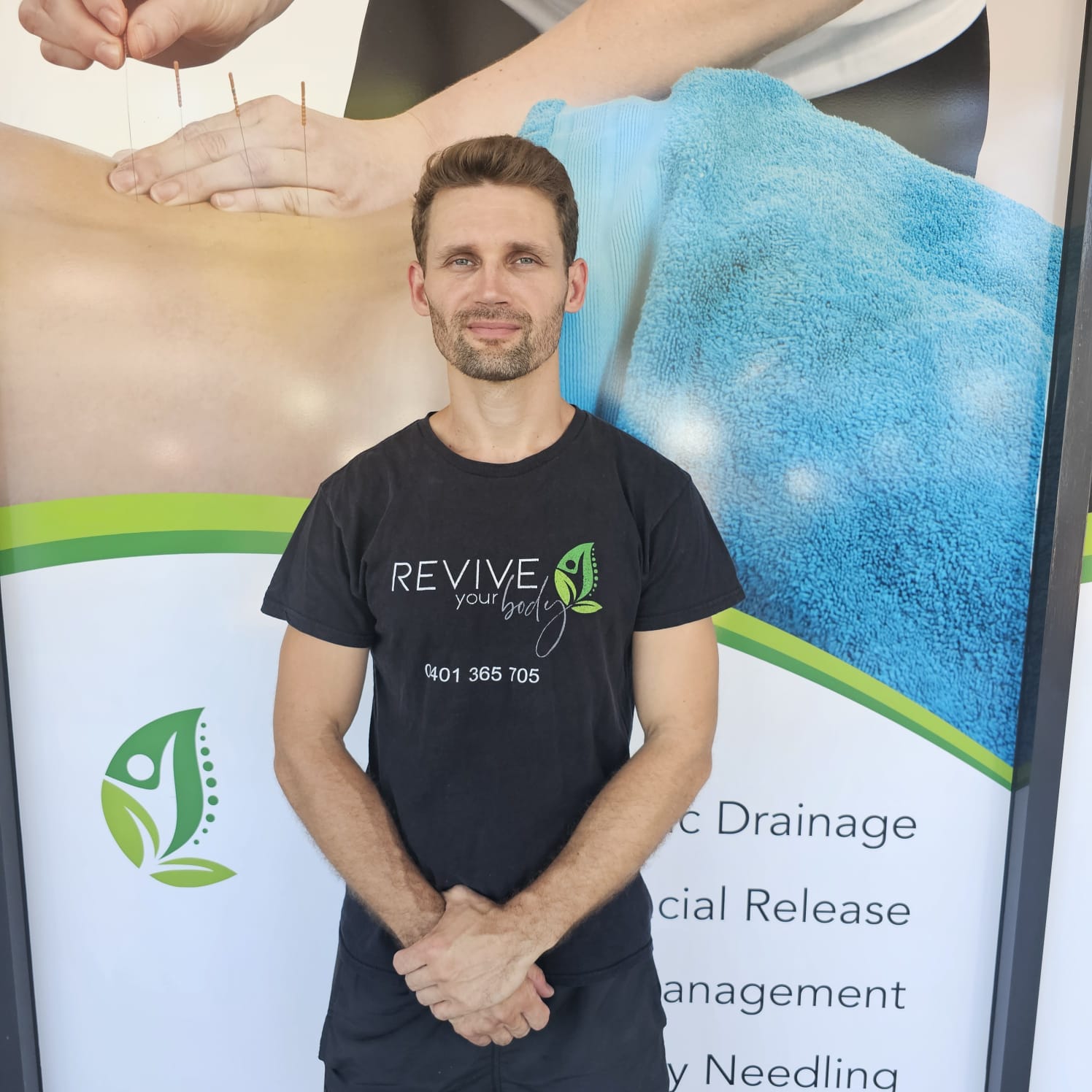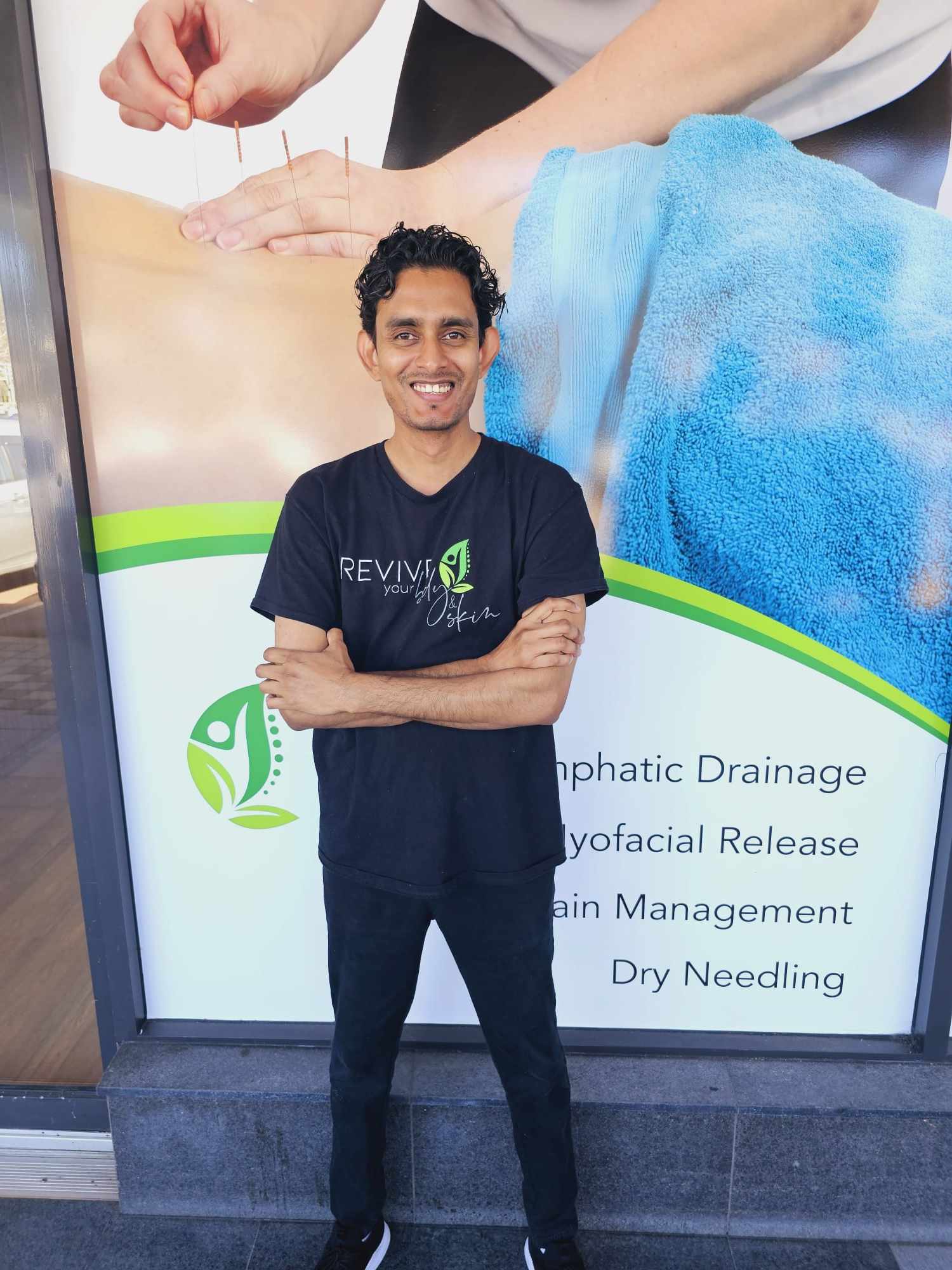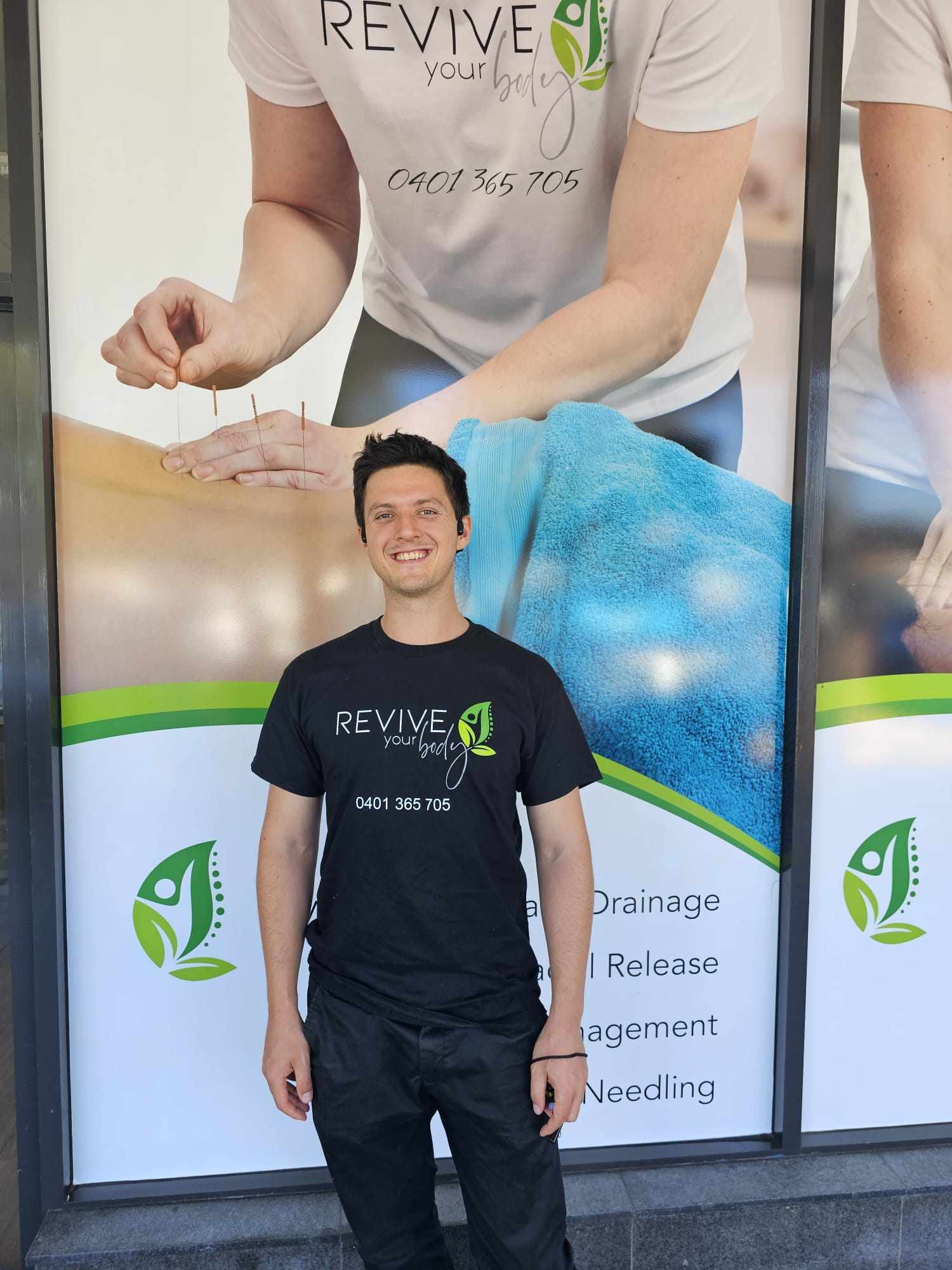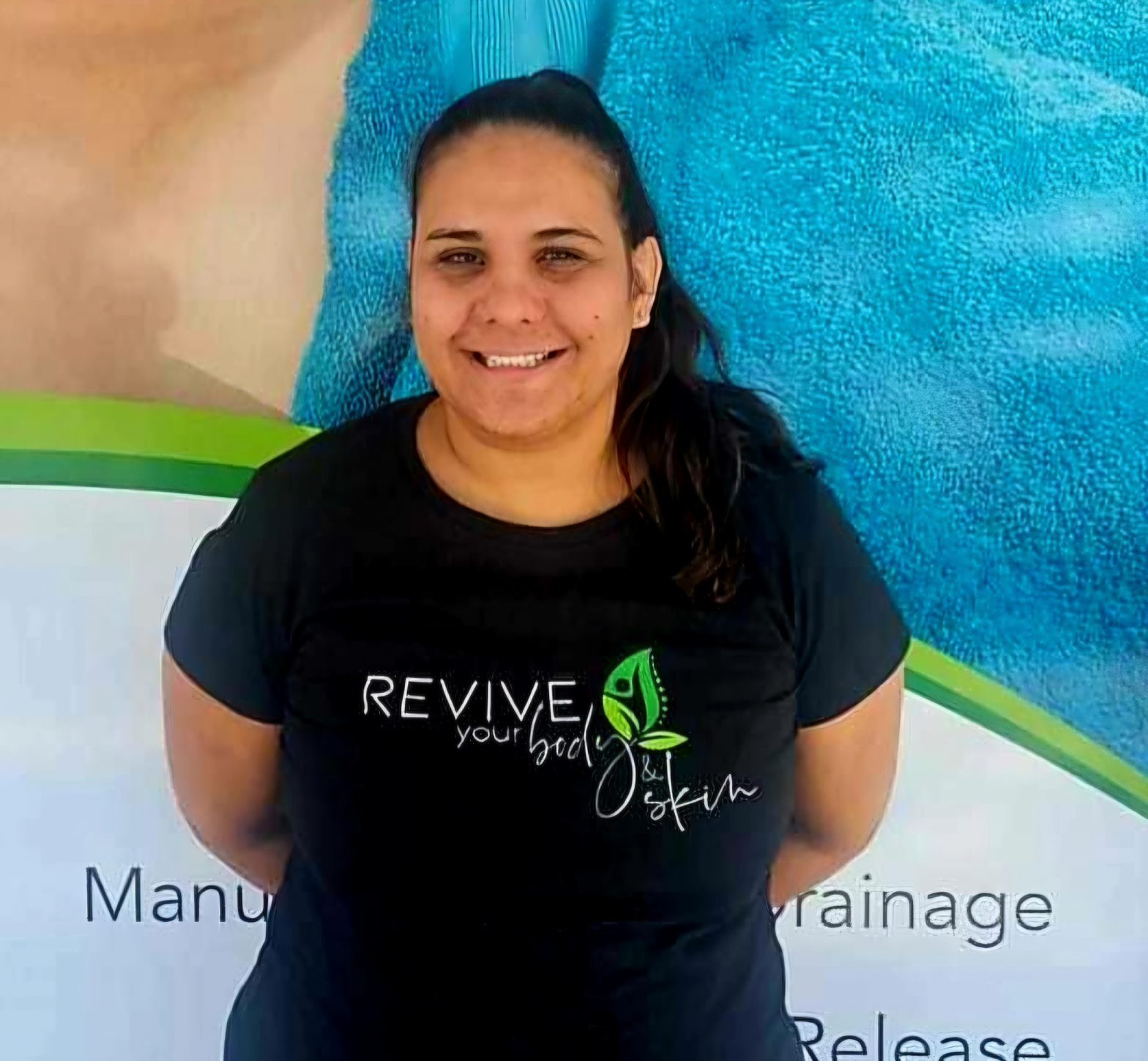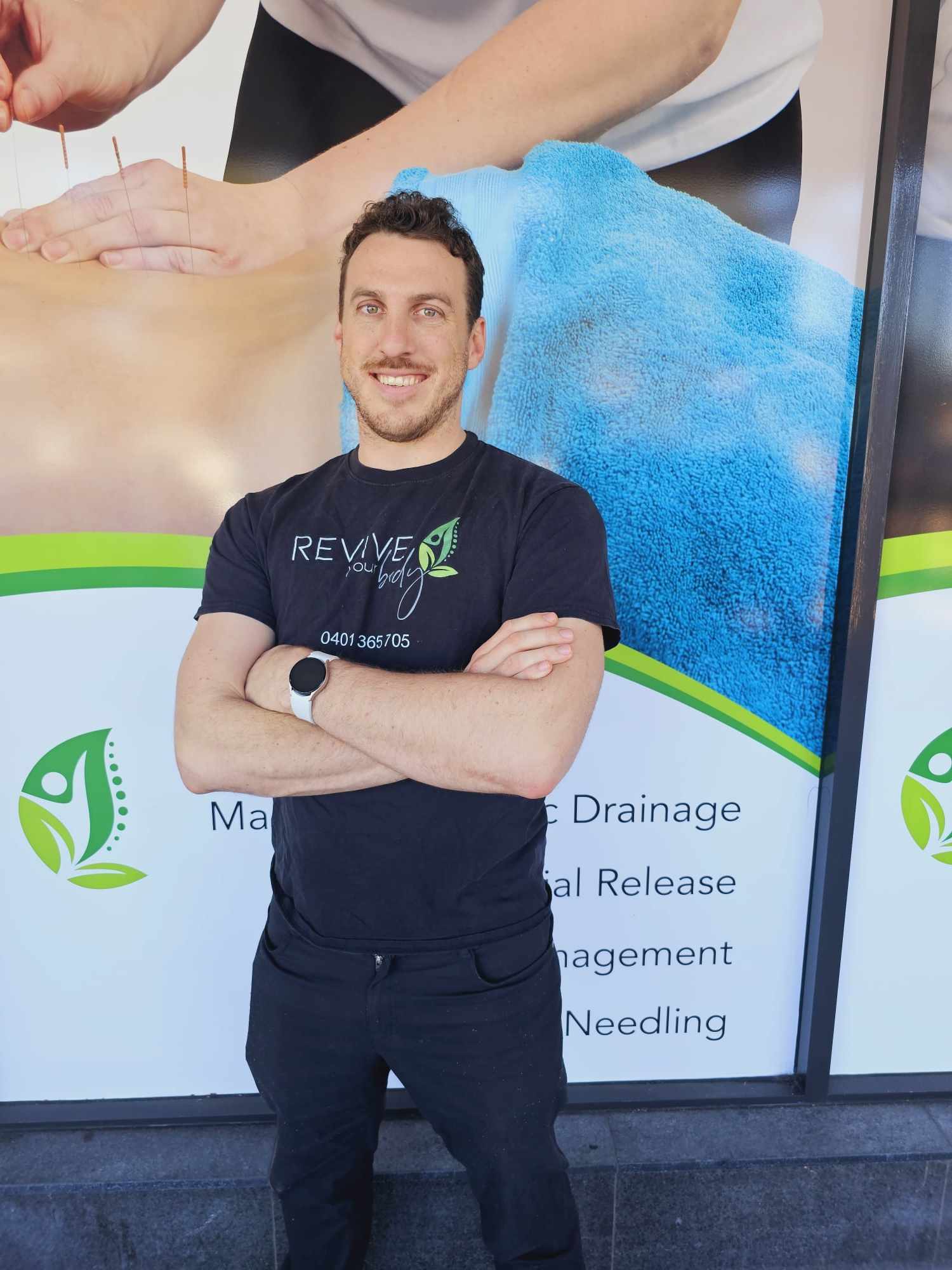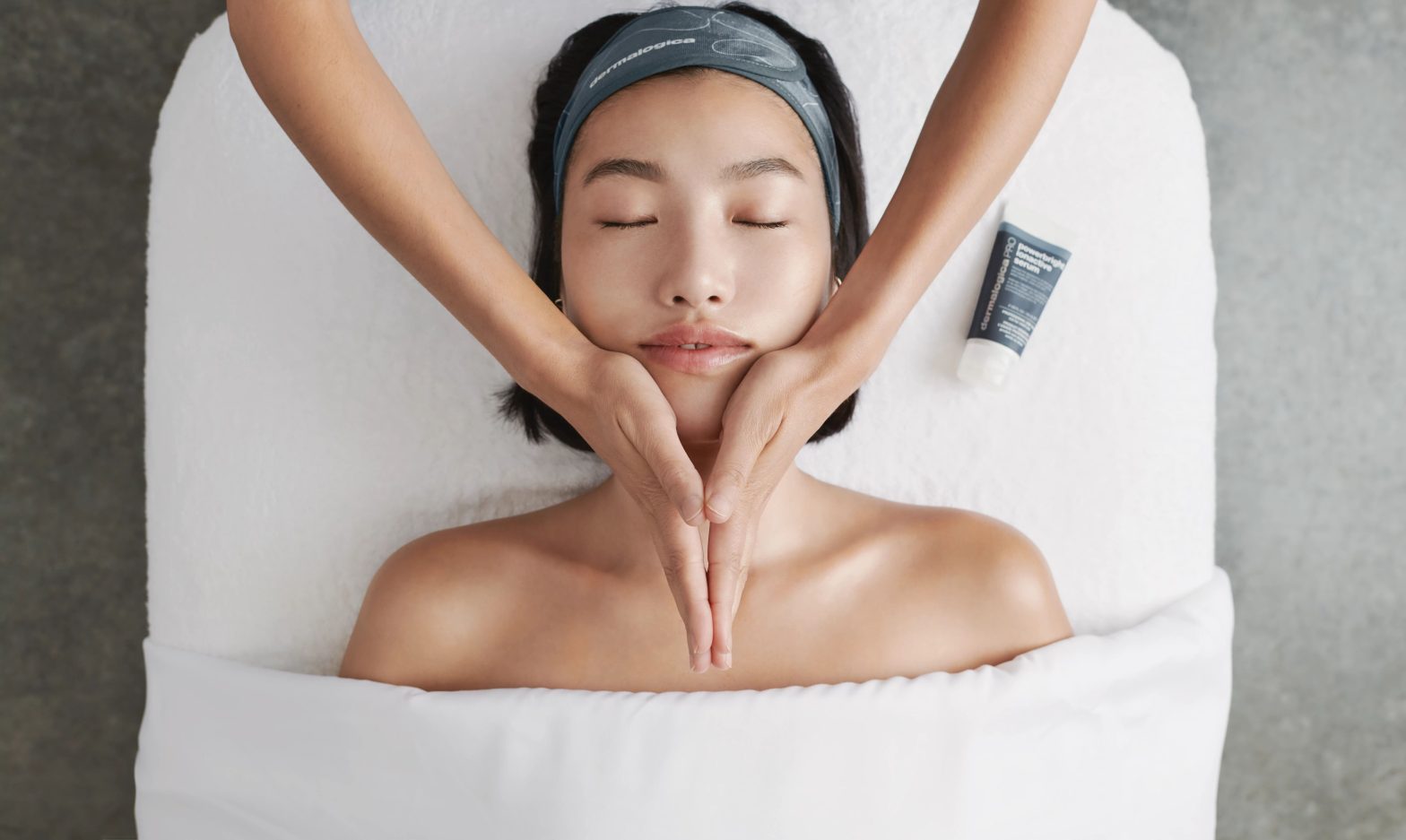
Microdermabrasion for Acne: An Effective Treatment Option
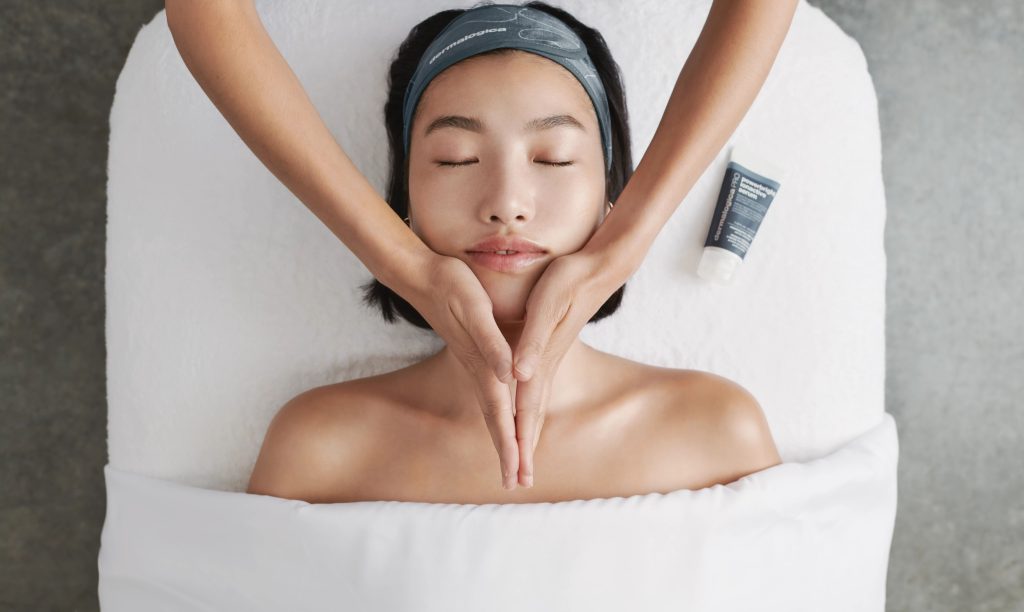
Acne is a common skin condition that affects millions of people worldwide. For those struggling with persistent acne, finding an effective treatment can be challenging. One popular and minimally invasive treatment is microdermabrasion.
What is Microdermabrasion?
Microdermabrasion is a cosmetic procedure that involves exfoliating the skin using a device that sprays fine crystals or a diamond-tipped wand to remove the outer layer of dead skin cells. This process stimulates collagen production and encourages the growth of new, healthy skin cells.
How Does Microdermabrasion Help with Acne?
Microdermabrasion can be particularly beneficial for individuals with acne for several reasons:
- Exfoliation: Removes dead skin cells that can clog pores and contribute to acne formation.
- Unclogging Pores: Helps to clear out blackheads and whiteheads, reducing the number of active acne lesions.
- Improving Skin Texture: Promotes smoother skin, reducing the appearance of acne scars and uneven skin texture.
- Enhancing Product Absorption: Allows for better absorption of topical acne treatments and skincare products.
The Procedure and What to Expect
During a microdermabrasion session, a trained professional will cleanse your skin before using the microdermabrasion device. The procedure usually takes about 30 to 60 minutes, depending on the treatment area. Patients typically experience mild redness and sensitivity after the treatment, similar to a mild sunburn. However, these effects usually subside within a few hours to a day.
Benefits of Microdermabrasion for Acne-Prone Skin
Microdermabrasion offers several benefits for those with acne-prone skin. Firstly, it is a non-invasive procedure, meaning there is no need for incisions or anesthesia. This makes it a suitable option for individuals who prefer less aggressive treatments. Additionally, the recovery time is minimal, allowing patients to resume their daily activities almost immediately after the procedure.
Furthermore, microdermabrasion can be used on various skin types and tones, making it a versatile treatment option. It can also be combined with other acne treatments, such as chemical peels or laser therapy, to enhance overall results.
Considerations and Potential Side Effects
While microdermabrasion is generally safe, it is important to consider a few potential side effects. Some individuals may experience temporary redness, swelling, or bruising. In rare cases, there may be an increased risk of infection or skin discoloration. It is crucial to consult with a qualified dermatologist or skincare professional to determine if microdermabrasion is the right treatment for your skin type and condition.
Conclusion
Microdermabrasion is a promising treatment option for managing acne and improving the overall appearance of the skin. By exfoliating the outer layer of dead skin cells and unclogging pores, it can effectively reduce acne breakouts and enhance skin texture. If you are considering microdermabrasion for acne, consult with a skincare professional to ensure it is the best option for your needs.
Key Takeaways
- Microdermabrasion is a non-invasive cosmetic procedure that exfoliates the skin and stimulates collagen production.
- It can help reduce acne by unclogging pores, removing dead skin cells, and improving skin texture.
- The procedure is suitable for various skin types and has minimal recovery time.
- Consultation with a dermatologist is recommended to determine if microdermabrasion is appropriate for your skin condition.
- Learn more about microdermabrasion here.

